Remanence (Br)
Remanence is a term used in physics and engineering to refer to the residual magnetization that remains in a material after an external magnetic field is removed. When a material is exposed to a magnetic field, its atomic dipoles become aligned with the field, resulting in magnetization. When the external field is removed, the atomic dipoles may not return to their original orientation, leaving behind a residual magnetization.
The magnitude of the remanent magnetization depends on the characteristics of the material and the strength and duration of the applied magnetic field. In some materials, such as permanent magnets, the remanent magnetization is intentionally created and used for various applications, while in others, such as magnetic storage devices, the remanent magnetization can be a nuisance and cause unwanted interference.
Remanence is an important property in the study of magnetic materials and their applications, including magnetic storage media, motors, generators, and sensors.
Maximium Energy (BH)max
(BH)max refers to the maximum value of the product of the magnetic field strength (B) and the magnetizing force (H) in a magnetic material. It is a measure of the material’s magnetic saturation and represents the point at which any increase in the applied magnetic field does not result in a significant increase in magnetization.
The value of (BH)max depends on the specific material and its microstructure, as well as any processing or treatments that the material may have undergone. (BH)max is an important parameter in the design and optimization of magnetic components such as motors, transformers, and inductors, as it determines the maximum magnetic energy that can be stored in the material.
Intrinsic coercivity (Hcj)
Intrinsic coercivity (Hci) is a magnetic property that measures the ability of a ferromagnetic material to resist demagnetization. It is the magnetic field strength required to reduce the magnetization of a material to zero after it has been saturated in a magnetic field. In other words, it is a measure of the strength of the magnetic field that is required to overcome the internal magnetic forces of the material and return its magnetic properties to a neutral state.
Materials with high intrinsic coercivity are difficult to demagnetize and are often used in permanent magnets, while materials with low intrinsic coercivity are easily demagnetized and are used in applications such as magnetic storage devices.
The unit of intrinsic coercivity is oersteds (Oe) or amperes per meter (A/m) in the SI system.
Magnetic flux
Magnetic flux refers to the quantity of magnetic field that passes through a surface or area. It is defined as the product of the magnetic field strength and the area through which the field passes.
The SI unit of magnetic flux is the weber (Wb), which is equivalent to one tesla multiplied by one square meter. Mathematically, magnetic flux can be represented by the equation:
Φ = BAcos(θ)
Where Φ is the magnetic flux, B is the magnetic field strength, A is the area through which the field passes, and θ is the angle between the magnetic field and the normal to the surface.
Magnetic flux is an important concept in the study of electromagnetism and is used to describe the behavior of magnetic fields and their interactions with electric currents and conductors. It is also important in many practical applications, such as in the design of motors, generators, transformers, and other electrical devices.
Magnetic moment
Magnetic moment refers to the magnetic strength of an object or system. It is a measure of the object’s ability to produce a magnetic field. Magnetic moment is typically expressed in units of ampere meters squared (A·m²) or in more commonly used units such as Bohr magnetons (μB) or nuclear magnetons (μN).
In atoms, magnetic moment arises from the motion and spin of the electrons within the atom. The magnetic moment of an electron is related to its spin and orbital motion. When these electrons are in an atom or molecule, their magnetic moments can interact with external magnetic fields, causing the atom or molecule to become magnetized.
Magnetic moment is also observed in larger objects, such as magnets, where it arises from the alignment of the spins of the electrons in the atoms making up the magnet. This alignment produces a net magnetic moment for the object as a whole.
Magnetic moment is an important property in a variety of fields, including physics, chemistry, and materials science. It is used in the study of magnetic materials, in the design of magnetic storage devices, and in medical imaging techniques such as magnetic resonance imaging (MRI).
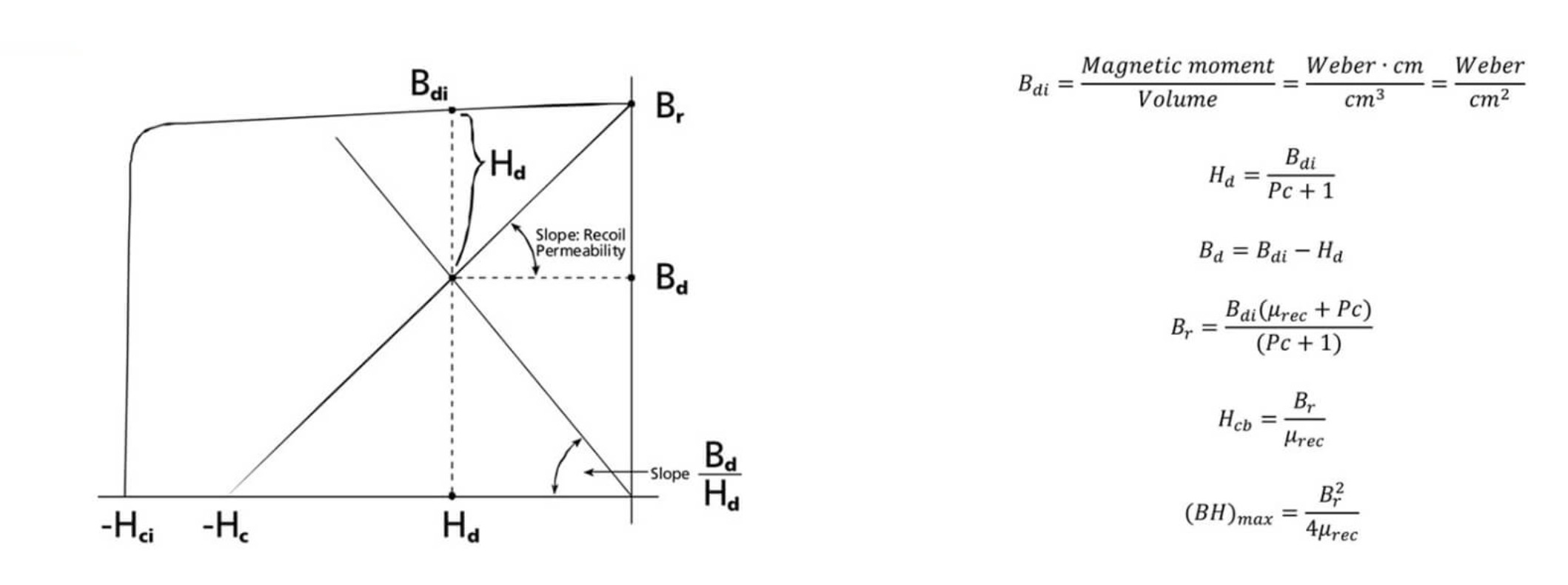
NBAEM, is the professional magnetic materials supplier from China. We have exported bespoke magnetic materials for more than ten years. We provide quality products and high-standard service. If you are looking for any magnetic materials sourcing or if you have any questions during importing the magnetic products from China, you can contact us directly.


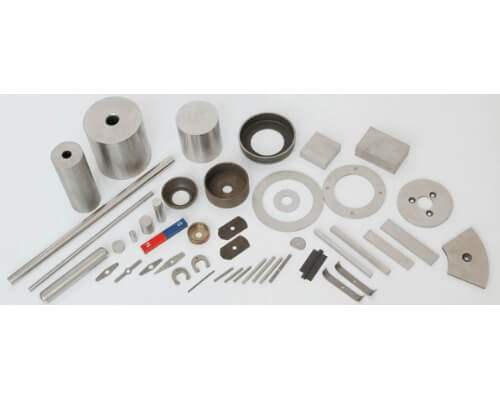

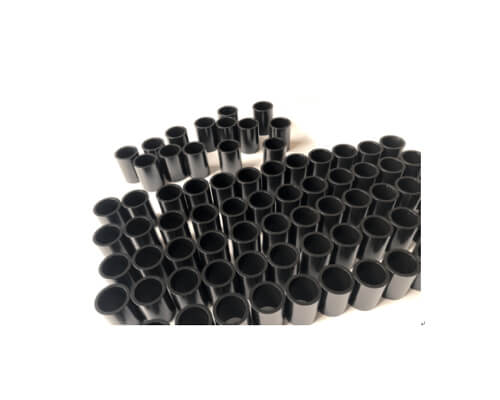


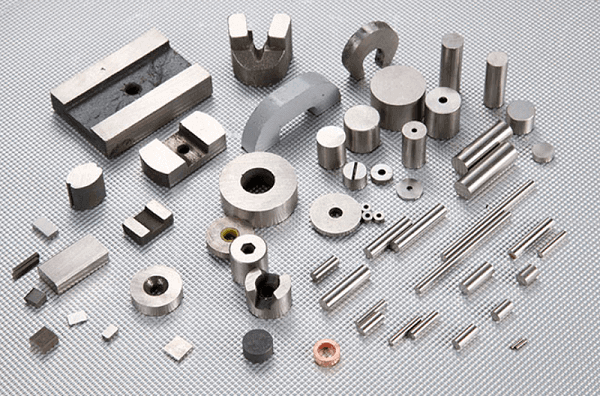




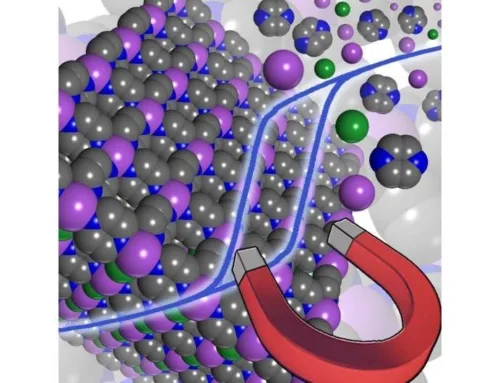

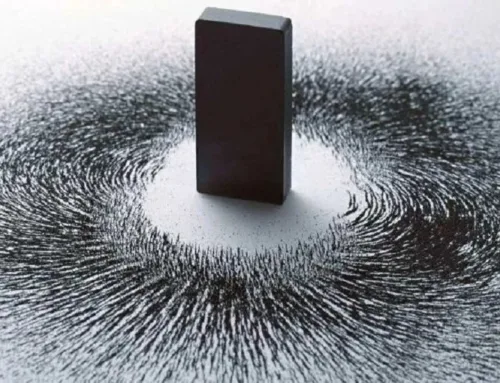
Leave A Comment